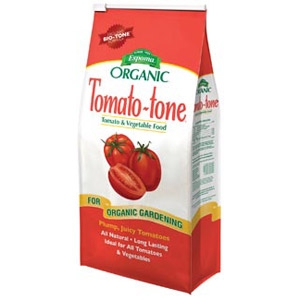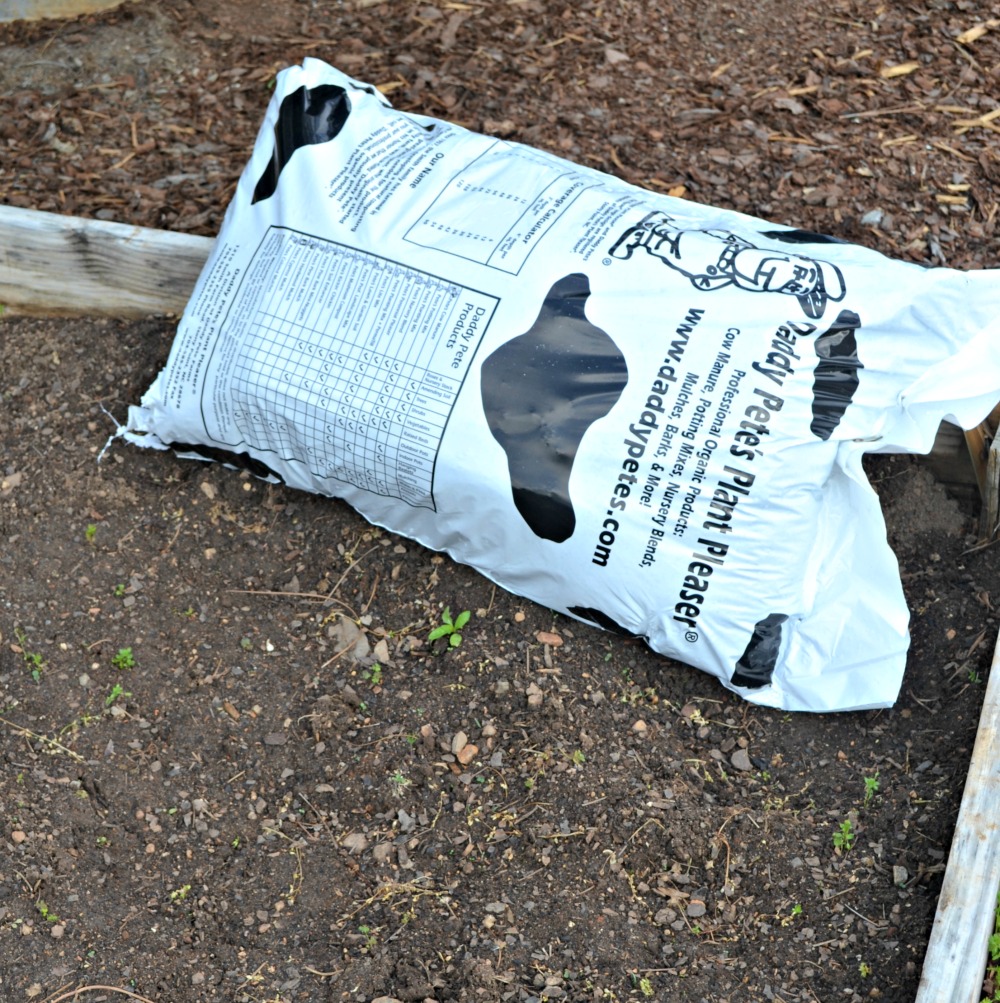Gardening the Natural Way
Nature based processes.
Organic gardening is simply using nature based processes in your garden. It doesn’t have to be a political statement or a battle for moral superiority. We will leave the division out of the equation and focus on the process. Growing your own food is the best way to get closer to the land and taste the freshest produce around. Growing organically just means you are working with nature using tools already in the tool kit.
Building the soil.
Good soil is the key to a good garden. Fertilizers allow you to work with poor soil and add the nutrients your plants require. Organic fertilizers use natural substances like cow manure and composted plant material to feed the soil.
Building a garden in mostly clay soil requires plenty of amending to break things up. Digging out rocks and mixing soil amendments will be the hardest work you do all season. Mixing a soil builder, aged cow manure, and compost into the clay will give you the best growing medium for your garden. Having perfect ratios is not necessary. The bulk will be clay and soil builders with compost and manure added for the nutrients. The plants will thank you for your hard work with much more vigorous growth.
I’ve compared okra plant growth between fully dug beds and untouched clay and the difference was very noticeable. The okra in amended soil grew to over 6 feet while the direct clay plantings never grew above 3 feet. The short okra still produced but it was significantly less.
Raised beds are an easy solution that allows you to fully control the soil contents. I created a test garden using concrete blocks less than 6 inches tall and filled it with Daddy Pete’s planting mix, cow manure, and compost right on top of untouched clay soil. The growth and production matched the fully worked beds. It required less labor but more money in product to fill the bed. Wood beds are more common but be sure to use untreated wood when building beds to avoid chemicals leaching into the soil.
Protecting the soil.
 Just like humans, soil gets tired. Soil needs to have the nutrients replenished after the plants have taken from it all season long. In nature the plants, leaves, flowers, and uneaten produce decay and replenishes the soil. A perfect circle of give and take is the best way to mimic nature.
Just like humans, soil gets tired. Soil needs to have the nutrients replenished after the plants have taken from it all season long. In nature the plants, leaves, flowers, and uneaten produce decay and replenishes the soil. A perfect circle of give and take is the best way to mimic nature.
Composting the healthy detritus keeps the garden clean and allows you to return the nutrients at a later time. Make sure that diseased and bug infested scraps do not make it to the compost heap. Keeping trouble away from the garden makes life much easier.
Rotating the crops is another helpful tool in keeping soil healthy. Some plants use a lot of specific nutrients and others give them back. Rotation also keeps diseases and pests from making a permanent home in your garden.
Cover cropping feeds the soil in the off season and gives back “green manure” once the plants are worked into the soil. Clovers and annual ryes build soil nutrition, reduce weeds, and prevent erosion of the bare soil. Work them into the soil a month or so before spring planting for best results.
Lastly, resting the soil is a time tested technique that dates back to the earliest agricultural societies. Letting a bed rest for a season allows it to rebuild what was lost and prepare it for another growing season. A light covering of mulch keeps the weeds down and feeds the soil.
Protecting your share.
Keeping your food your own (and away from pests) is the eternal struggle in all gardening methods. There are many ways to protect your produce. Healthy soil makes healthy plants which makes them less susceptible to disease and pest attacks. Choosing the strongest seedlings ensures the best chance of survival. Timing plantings to avoid when certain pests arrive helps. We all know when “June bugs” arrive and after a few seasons you will know when the other predators make themselves known. Getting squash planted and productive before the onslaught of squash bugs allows you to take the best of the crop and leave them the scraps.
Releasing or encouraging natural predators to live in your garden like birds, frogs, ladybugs, wasps, garden orb weaver spiders, and the praying mantis can help keep pests naturally under control. Hand picking works best for certain critters like the Tomato Hornworm and slugs. Food grade Diatomaceous earth is a great product for pest control. It is the fossilized remains of water plants ground into a powder that controls many pests. It can be applied liberally and often; just be sure to wear a dust mask. Bacillus thuringiensis or Bt is a natural bacteria that attacks specific pests.
Lastly, there are organic pesticides that can be used. They are derived from plant based sources and are useful for bad infestations. Neem oil comes from the seed of the tropical neem tree. Pyrethrin comes from an extract of crushed dried Chrysanthemum flowers. Both are still chemicals and should be treated carefully as they can also take out beneficials and should be considered a last resort.
Growing Organically
Growing organically is not particularly difficult once you realize that nature provides you with all of the necessary tools for success. Gardening is learning something every season. Sometimes you have tremendous success and sometimes things just don’t work out. Diversifying the crops helps ensure that you get produce no matter what nature throws at us. Using organic methods ensures that we maintain the biodiversity and healthy soils that allow plants to thrive and produce, while letting nature do some of our work in the garden.
Happy Gardening!
Chris, Nursery









